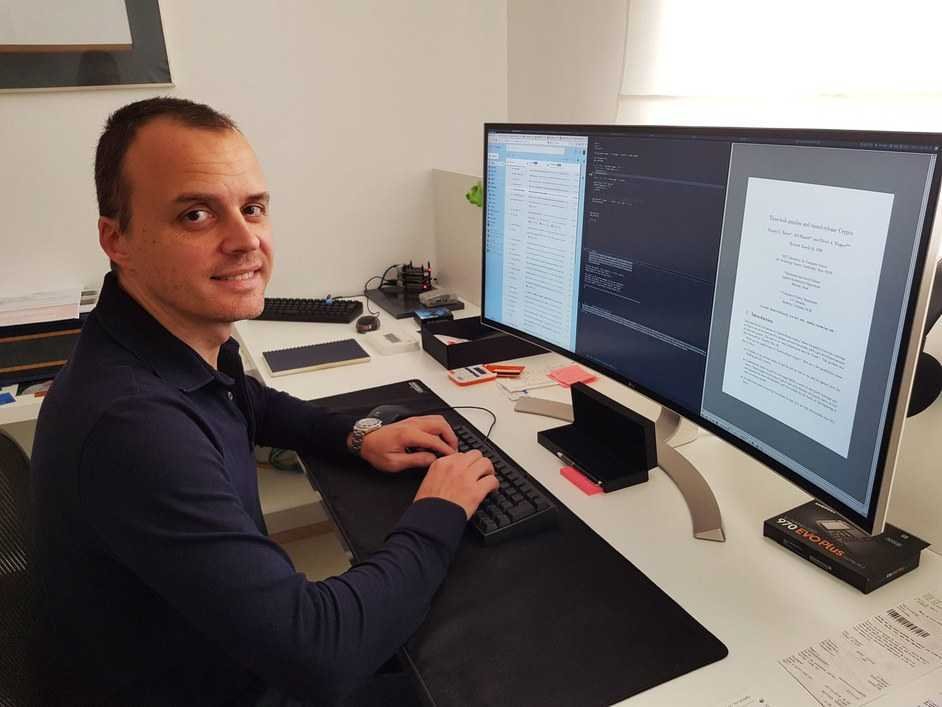This week the Computer Science and Artificial Intelligence Laboratory of MIT (Computer Science and Artificial Intelligence Laboratory or simply CSAIL) he said that one encrypted puzzle that exists here and 20 years was solved by a self-taught programmer from Belgium, 15 years earlier than expected by MIT scientists.

Bernard Fabrot has spent the last three and a half years computing a puzzle originally announced by the researchers of MIT in 1999. Separately, another team led by engineer Simon Peffers is nearing completion of designing a solution.
The puzzle essentially involves conducting approximately 80 trillions of sequential squarings and was designed to stop any attempt to solve it using parallel computers.
Fabrot and Peffers, however, used very different approaches to the puzzle. Fabrot used a simple Intel Core i7-6700 processor and calculated the solution using the GNU Numerical Precision (GMP) multifunctional library.
Meanwhile, Peffers' team used a new quadrature algorithm (designed by Erdinç Öztürk of Sabanci University) to run a programmable accelerator. hardware called FPGA. The team seems to be well on its way to completing the puzzle on May 11 after two months of calculations.
"There has been progress in hardware hardware and software well beyond what I anticipated in 1999," says MIT professor Ron Rivest, who first announced the jigsaw puzzle in April 1999, celebrating 35 years of research at the Science Lab. Computer (now CSAIL) at MIT.
"The underlying challenge of the puzzle of about 80 trillion squarings remains very difficult, but the resources required to realize a single square have been reduced far beyond what I anticipated."
The puzzle is an example of a “verifiable modeς delays” (verifiable delay function or VDF), which means that the answer can only be found after a certain number of steps.
Because VDFs can also be used to create objective randomness, they have been suggested as possible approaches to improve the security and scalability of blockchain systems such as Ethereum and Filecoin.
In the initial announcement, MIT's Laboratory for Computer Science promised that if a solution was not found, they would open a special "capsule" designed by architect Frank Gehry that is filled with historical objects from people like Web inventor Tim Berners. -Lee, Ethernet co-inventor Bob Metcalfe and Microsoft founder Bill Gates.
________________
- Browsing Experience Security Check from Cloudflare
- Exercise in a Box by GCHQ: Try out the strengths of your business for free
- Edward Snowden because the CIA is joining Instagram





